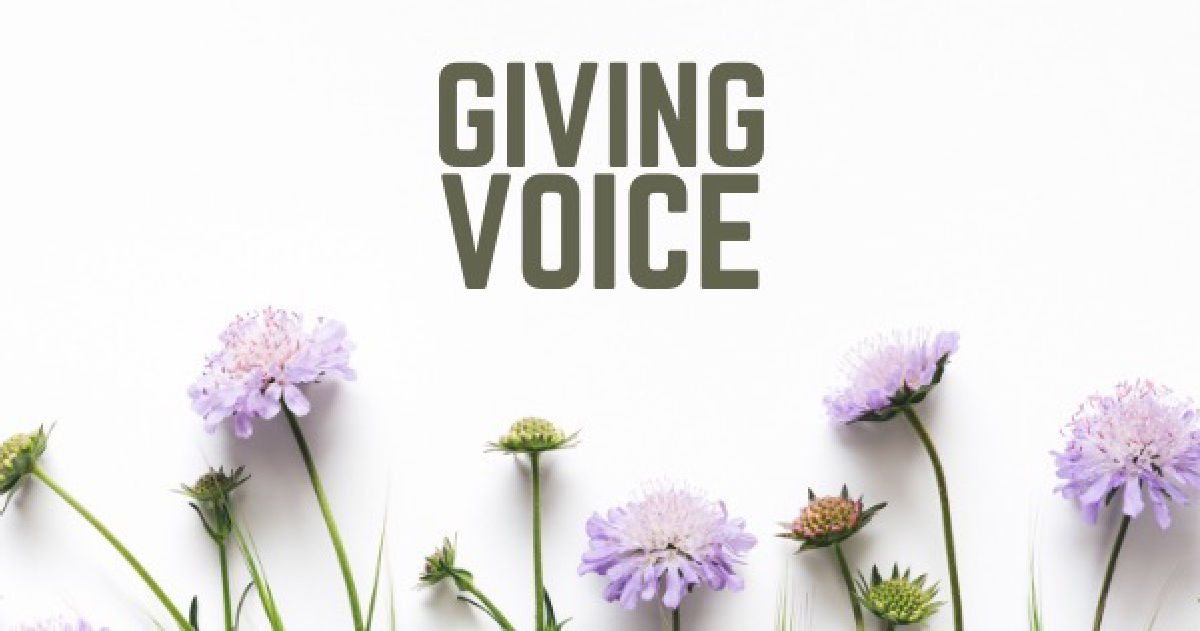
@GivingVoice
Perspectives on how we use our voice to amplify ideas and things that matter. Also @dbpardes for direct messages

Deborah Pardes
@DBPardes · 4:53
Session 30: Read the Room | The superpower of sensitivity
So the first thing I want to say about reading a room is use your eyes and look at people's bodies and expressions and know that if you're in that room with them, you are sharing this sacred space, that you're actually able to be in the room with them as opposed to someplace else, like on a zoom call or in something disembodied. I think it's great to be specifically in a room and you know, what people are actually doing. Their bodies are showing a lot
Hi, Deborah. I wanted to respond from a work perspective because I think that when I was trained, I was quite young and it really bled into everything and changed so much about my personality. So my job when I was learning to make films was literally reading a room and directing people in a room. So you deal with each actor's individual personality and then also the personality of the characters that they're performing with and group dynamics

Deborah Pardes
@DBPardes · 0:58
And to be in the arts, in the capacity that you're in, where you're in a room and you're creating sort of a world within worlds, where we're having the backstory be implied just by the way people comport themselves. I mean, there's so many layers to creating art where you're just hoping that the people who receive it are just not even conscious of how much is coming into them because of how well done. So I love this perspective

Evelyn Phipps
@LadyFi · 1:47
Hi, Deborah. Thank you so much for this. You know, when I think about reading the room, I think about, okay, when I walk into the room, what's happening here? Is somebody upset?

Tanya Coles
@MsColes77 · 2:39
Hey, Deborah. Thank you so much for inviting me to this conversation. When I think of reading the room, the thing that comes to mind, of course, is being cognizant of my audience, like, who's in the room? What is the subject matter we are discussing, and how can we discuss it in a way that will add value to the conversation and be intentionally divisive or trying to create confusion or chaos in that room? Now, there are just some subjects that are sensitive

simmonette M
@thinkingoutloud · 2:09
If it concern me if should I be here if this person don't like sitting next to me if this person face change since I sit next to them if I in a conversation with someone and the next person and I mean, I'm including the next person, and the next person is behaving like they don't want to talk or they don't want to answer because I arrive it's so much. But those are type of little small things I read a room with
Julie Mermelstein
@julesmerm · 4:35
And when I work with couples, which I do a lot, that's sort of where I start with them is to really just check in with themselves and self reflect around excuse me, around am I responding or am I reacting? And if I'm reacting, can I slow down? Can I check in with myself about what I'm being triggered by and why I feel I need to react in this way and can I get to a place where I can respond?



